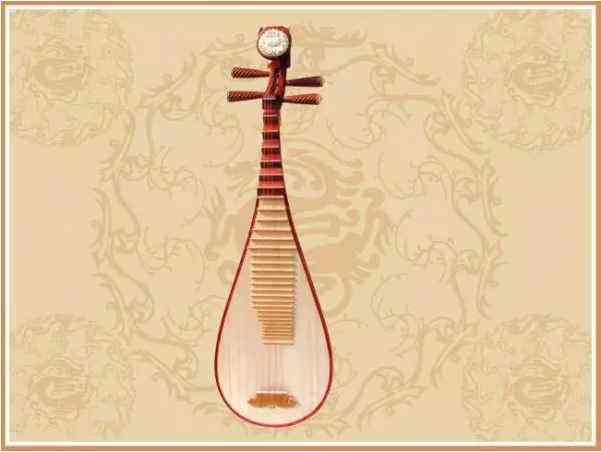Echoes of history and artistic narration of music: In-depth analysis and cultural connotation exploration of the famous Pipa song "House of Flying Faces"
The famous pipa song "Ambush on All Sides", known as the peak of traditional Chinese music, is famous for its vivid reproduction of ancient war scenes and profound historical and cultural connotations. This song originated from the Chu and Han dynasties in Chinese history, and specifically depicts the tense situation and tragic atmosphere of the Gaixia Battle in 202 BC.

The whole composition of House of Flying Faces is rigorous in structure and rich in levels, just like a magnificent musical epic. The introduction of the "column camp", through the simulation of the golden drum battle horn, the sound effect of human Shouting, will instantly bring the audience into the battlefield situation. This is followed by the "blow" passage, which is filled with music and shows the tension before the battle. The following "point" part uses the long wheel fingering and various combination fingering methods unique to the pipa to convey the heroic spirit and the spirit of the soldiers.
With the deepening of the movement, different stages such as "platoon", "confrontation" and "defeat" unfold in turn, and each piece of music has a unique musical language to describe the details of the course of the war. From the precise planning of the layout, to the fierce fighting of the short soldiers, and then to the despair of the embattled state of mind, "Ambush on All Sides" shows a magnificent historical picture in the ups and downs of the music.
After several centuries of evolution and improvement, the music was first published in Hua Qiuping's compilation of Pipa Music in the early 19th century, and later passed on and gave new life to Li Fangyuan's Thirteen Sets of New Music for Da Qu Pipa of the North and South School. Its artistic charm lies not only in its superb playing skills and excellent musical structure, but also in its ingenious combination of historical events and musical performance, making it an important part of the spiritual symbol of the Chinese nation and musical cultural heritage.
Through the unique expression of the pipa, a traditional musical instrument, Ambush on All Sides successfully constructed a platform for emotional exchange across time and space, enabling modern people to feel the Iron Horse Glacier on the ancient battlefield through listening, and experience the humanistic feelings and heroic spirit beyond the long river of history, so as to further understand and cherish the profound heritage and immortal value of traditional Chinese music culture.
 渝公网安备 50010702504639号
渝公网安备 50010702504639号